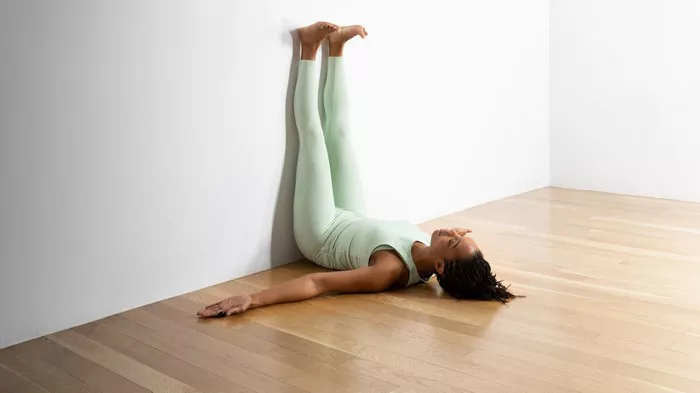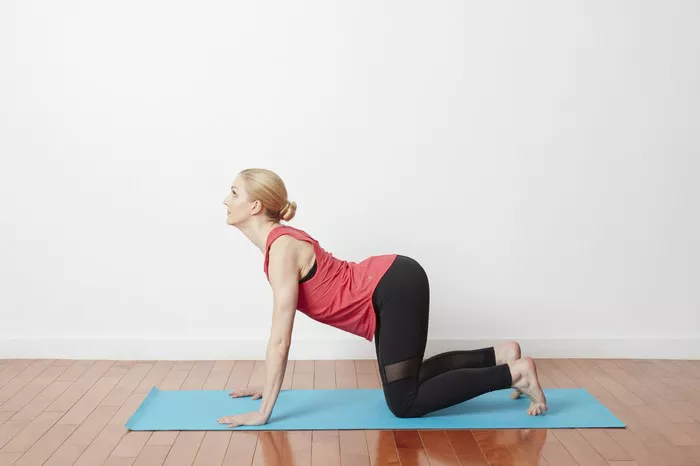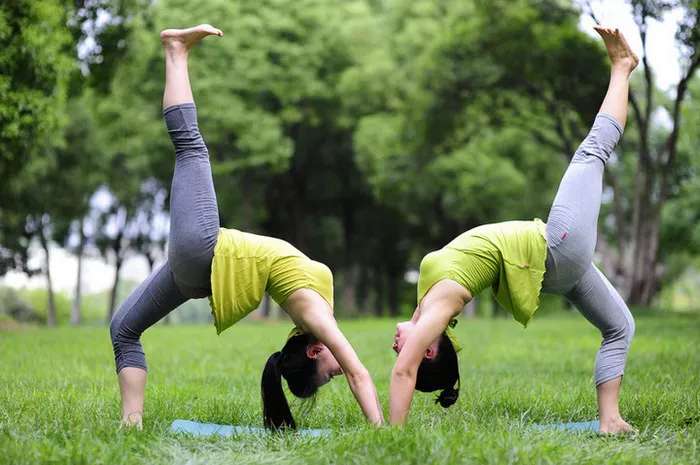In the realm of yoga, where ancient practices meet modern lifestyles, there exists a myriad of poses designed to nurture both the body and mind. One such pose, Legs Up the Wall, also known as Viparita Karani in Sanskrit, has gained popularity for its simplicity and profound benefits. In this article, we will explore the history, benefits, variations, and practice of Legs Up the Wall pose, shedding light on why it has become a staple in many yoga routines.
Introduction to Legs Up the Wall Pose
Legs Up the Wall pose involves lying on your back and extending your legs vertically up against a wall, creating an L-shape with your body. While the pose itself may seem straightforward, its effects can be transformative, offering relief from the stresses of modern life and promoting physical and mental well-being.
Historical Roots of Legs Up the Wall Pose
Like many yoga poses, Legs Up the Wall has its roots in ancient yogic traditions. In classical yoga texts such as the Hatha Yoga Pradipika and the Yoga Sutras of Patanjali, variations of this pose are mentioned as part of therapeutic practices aimed at balancing the body’s energy and calming the mind.
The concept of inverting the legs to promote health and vitality is also present in Ayurveda, the ancient Indian system of medicine. According to Ayurvedic principles, placing the legs up the wall allows for improved circulation of blood and lymphatic fluid, aiding in detoxification and rejuvenation of the body.
Benefits of Legs Up the Wall Pose
Improved Circulation: By reversing the flow of gravity on the legs, Legs Up the Wall pose facilitates venous return, allowing blood and lymphatic fluid to move more efficiently back to the heart. This can help reduce swelling in the legs and feet and alleviate symptoms of varicose veins.
Relief from Lower Back Pain: Many individuals experience tension and discomfort in the lower back due to prolonged sitting or standing. Legs Up the Wall pose provides gentle traction to the spine, decompressing the lumbar vertebrae and relieving pressure on the sciatic nerve.
Stress Reduction: The gentle inversion of Legs Up the Wall pose has a calming effect on the nervous system, activating the parasympathetic response known as the “rest and digest” mode. This can help alleviate symptoms of anxiety, insomnia, and fatigue, promoting a sense of relaxation and well-being.
Improved Digestion: Inversions stimulate peristalsis, the wave-like contractions of the digestive tract, promoting healthy digestion and elimination. Legs Up the Wall pose can be particularly beneficial for individuals struggling with constipation or indigestion.
Relief from PMS and Menopausal Symptoms: For women, Legs Up the Wall pose can help alleviate symptoms associated with menstruation and menopause, such as bloating, cramps, and mood swings. The gentle inversion encourages blood flow to the pelvic region, helping to balance hormonal fluctuations.
Enhanced Flexibility: Holding Legs Up the Wall pose allows the muscles of the legs and hips to relax and lengthen gradually. Over time, consistent practice can improve flexibility in the hamstrings, calves, and hip flexors, reducing the risk of injury and improving overall mobility.
Mental Clarity and Focus: The combination of gentle inversion and deep breathing in Legs Up the Wall pose helps to quiet the mind and increase mental clarity. This can be particularly beneficial as a preparatory pose for meditation or as a way to reset and recharge during a busy day.
How to Practice Legs Up the Wall Pose
Find a clear wall space: Choose a wall with enough room to stretch out your legs comfortably. Remove any obstacles or furniture that may impede your movement.
Sit sideways against the wall: Sit sideways with your hip touching the wall and your knees bent. Use your hands for support as you lower your back to the floor and swing your legs up the wall.
Adjust your position: Scoot your buttocks as close to the wall as comfortable and extend your legs upward, resting them against the wall. Your body should form a 90-degree angle, with your hips aligned directly above your shoulders.
Relax and breathe: Close your eyes and focus on your breath as you settle into the pose. Allow your entire body to relax, releasing any tension or tightness with each exhalation.
Hold the pose: Remain in Legs Up the Wall pose for 5-15 minutes, or longer if desired. If you experience any discomfort or tingling in your legs, gently bend your knees or slide farther away from the wall.
Exit the pose mindfully: When you’re ready to come out of the pose, bend your knees and roll onto one side. Pause for a few breaths before slowly pressing yourself up to a seated position.
Variations of Legs Up the Wall Pose
While the classic Legs Up the Wall pose offers a multitude of benefits, there are several variations that can cater to different levels of flexibility and mobility:
Legs Up the Wall with Props: Place a folded blanket or bolster under your hips for added support and comfort. This variation can be especially beneficial for individuals with tight hamstrings or lower back issues.
Legs Up the Wall with Legs Wide: Experiment with opening your legs wider apart while in the pose, allowing for a deeper stretch in the inner thighs and groin area. Keep your feet flexed and active to protect the knees.
Legs Up the Wall with Shoulder Stand: For a more advanced variation, transition from Legs Up the Wall pose into Shoulder Stand (Sarvangasana) by lifting your hips off the floor and supporting your lower back with your hands. This variation offers additional benefits for the thyroid gland and stimulates the cervical spine.
Legs Up the Wall with Reclined Bound Angle: Combine Legs Up the Wall pose with Reclined Bound Angle pose (Supta Baddha Konasana) by bending your knees and bringing the soles of your feet together, allowing your knees to open to the sides. This variation provides a gentle stretch to the inner thighs and groins.
Precautions and Contraindications
While Legs Up the Wall pose is generally safe for most individuals, there are a few precautions to keep in mind:
Avoid practicing this pose if you have any recent or chronic injuries to the neck, shoulders, or spine.
If you have high blood pressure, glaucoma, or other eye conditions, consult with a healthcare professional before practicing inversions.
Pregnant individuals should approach inversions with caution and may benefit from using props or modifying the pose to accommodate their changing bodies.
Conclusion
Legs Up the Wall pose offers a simple yet powerful way to relax, rejuvenate, and restore balance to the body and mind. Whether practiced as part of a dedicated yoga routine or integrated into daily life as a moment of self-care, this pose has the potential to unlock a wealth of physical, mental, and emotional benefits. By embracing the wisdom of ancient yogic traditions and adapting them to suit our modern needs, we can harness the transformative power of Legs Up the Wall pose to enhance our overall well-being.





















